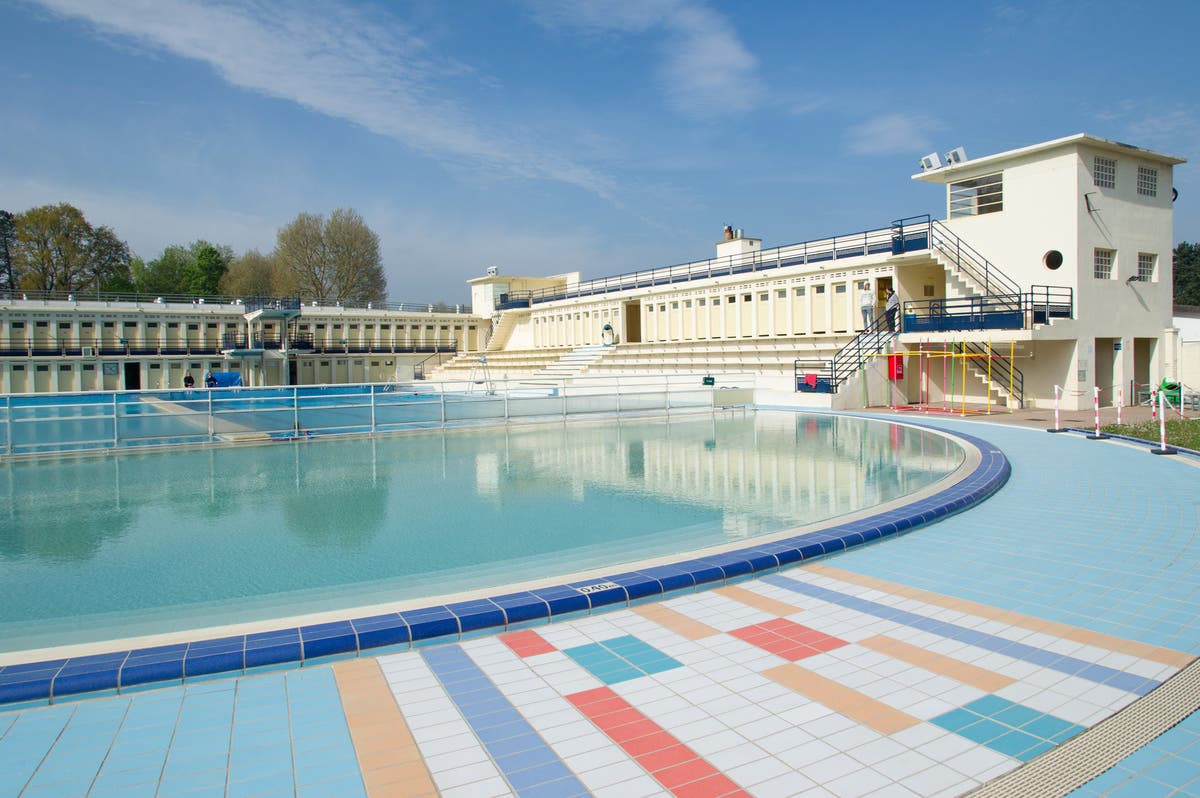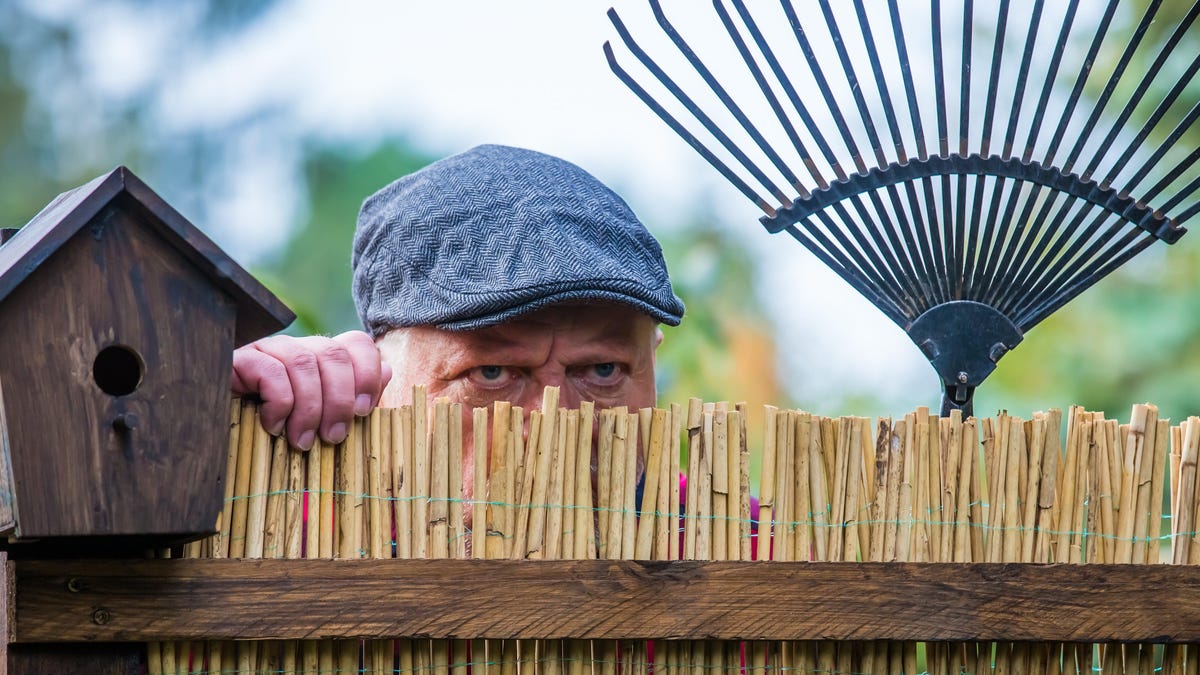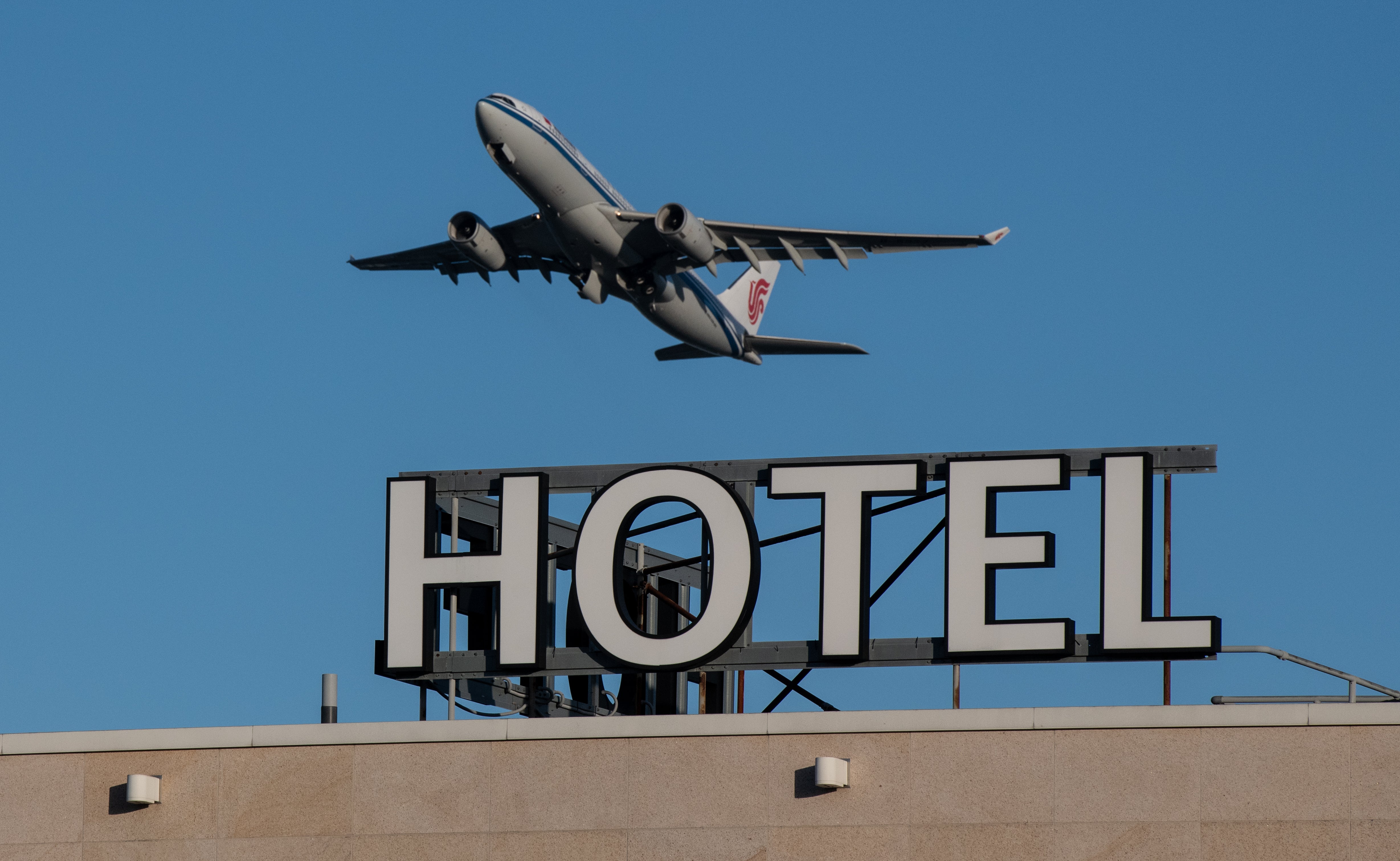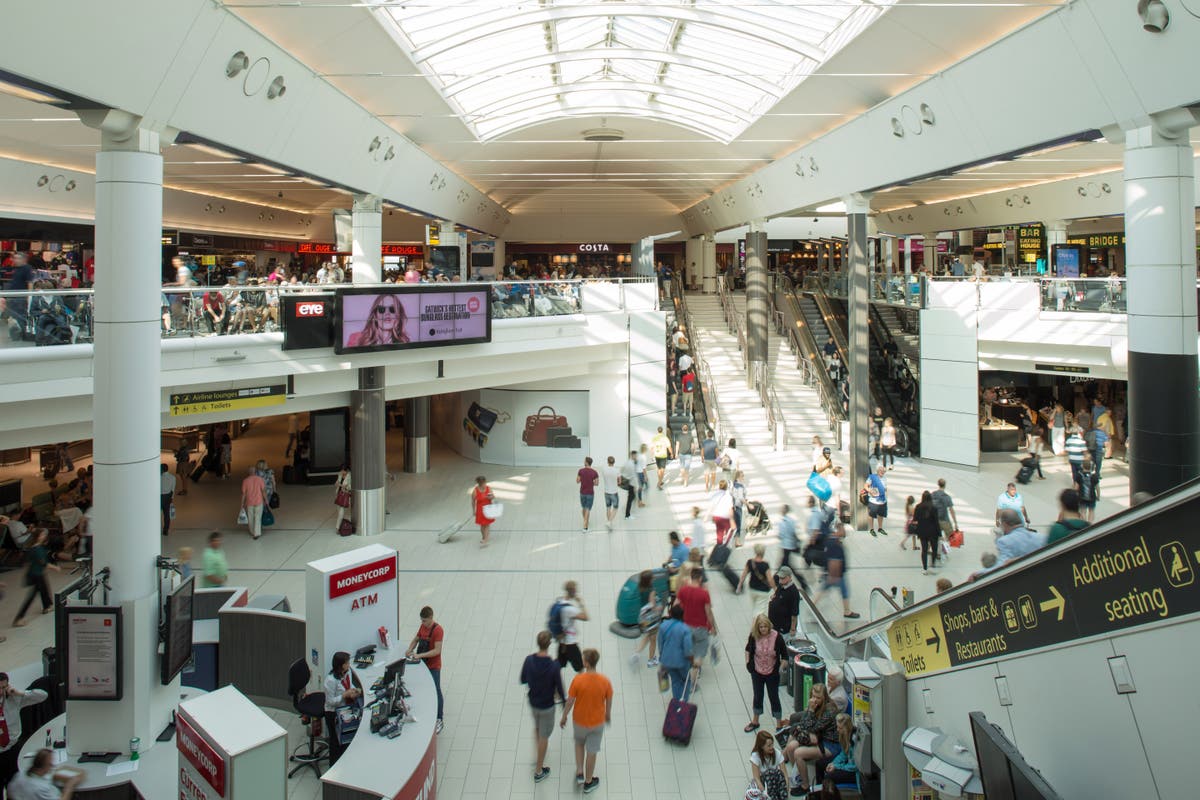Architectural icons: An Art Deco tour of Northern France
The iconic style excites as much now as it did in its heyday, 100 years ago; Rachel Ifans takes a road trip back in time

Having been bombed heavily during the First World War, le nord is a region that really embraced the urge to rebuild and be reborn during the subsequent années folles (the “mad years”, France’s answer to the Roaring Twenties).
Today, Art Deco still evokes the glamour and optimism of the 1920s, sandwiched between two catastrophic wars - a time when, for a short spell at least, life felt good.
Four must-see landmarks
La Piscine, Roubaix
What’s that? You’ve a weak spot for jaw-droppingly beautiful buildings with a socialist heart that have been renovated into art galleries? Well, that’s gloriously niche, but you’ve come to the right place!
La Piscine is in Roubaix, an hour and a half’s drive south of Calais. Along with its restaurant, garden and adjoining baths, it was built to improve hygiene and health as workers flooded in to fill the textile factories that sprang up here in the 1920s. As employees’ houses didn’t have bathrooms, factory bosses would buy tickets for them to swim or bathe here regularly. You got 30 minutes for a bath and they provided soap, shampoo and hot, clean water.
The architecture was inspired by a monastery: the bathrooms are the monks’ cells; the garden is the cloister (in red brick rather than marble, so it didn’t intimidate the poor); and the pool is the chapel.
I’m not exaggerating when I say the light in the pool area is divine - the stained-glass windows at either end are heavenly and Art Deco details like balustrades, glazed tiles and pool mosaics are perfectly proportioned.
La Piscine Roger Salengro, Bruay-La-Buissiere
Perfect for those who succumb easily to death-by-tour-guide, this is an Art Deco pool where you can swim, dive and admire the architecture all in one go.
You’ll find La Piscine Roger Salengro just outside a sleepy northern town, a 50-minute drive west of Lille. Once inside, you feel as though you’re on the deck of an ocean liner in the 1920s, surrounded by neat lines of changing cubicles and smart towers. The gleaming painted concrete and the navy painted rails zing against the light blue sky and watery ripples; for swimmers, the water is heated through the winter and entry is just €4 (£3.40).
La Piscine, Roubaix
(Rachel Ifans)
Villa Cavrois, Roubaix
It may not be bang-on Art Deco, but Villa Cavrois is a Modernist masterpiece that was built at the same time as nearby gems from that period. Designed by Robert Mallet Stevens, it was constructed around 1932 as a private house, occupied as a barracks during WWII, left to ruin in the 1980s - and inhabitated as a squat until 2001, when the French government bought it and renovated it. You can now visit for just €9.50 (£8; or €15.50/£13 for a joint ticket for here and La Piscine Roubaix).
Stop in to view its gloriously designed exterior and interior. Beauty aside, you won’t believe how sophisticated it is - 90 years old with functionality that we still aspire to in our mod-con maisons. All wires are hidden (swoon) and the house-wide speaker system is like an interwar Alexa. There’s a walk-in shower with side jets (from the 1930s), and high-tech lighting.
Le-Touquet-Paris-Plage
While the seaside resort of Le-Touquet-Paris-Plage was founded by a Parisian, it was a Brit called Whitley who gave this corner of northern France the identity it has today. John Robinson Whitley bought a stretch of land here in 1902, introducing tennis, golf and horse racing as part of his vision of a sporting paradise. But it was when he opened the town’s first casino that he really played the ace in his pack. Casinos didn’t exist in Britain until the end of WWI, and the lure of gambling proved irresistible to the smart set across the channel.
Le Westminster is the only big hotel to remain from Le-Touquet’s Roaring Twenties heyday, with a history packed with royalty, celebrities, sports stars, politicians and actors. Now part of the Barriere chain of luxury hotels and casinos, it’s recently had a hefty interior facelift, with plush carpets in shattered glass design, zig-zag glass, high-shine lacquered wardrobes in teal and burnt orange, Mondrian paintwork and gold and silver geometric wallpapers.
Villa Cavrois
(Jean-Luc Paillé)
The “Post Office” is a converted church complete with Art Deco capitals inset in the concrete façade, a bay window and a clock. Inside, it’s a glorious mix of turquoise, blue and cream shiny tiles and intricate ironwork.
Originally a casino, the Palais de Congres is a stunner, with a whiter-than-white mezzanine ballroom, gambling rooms and bars - although it’s used more for business conferences these days than baccarat. It was the place to be seen back in the day and people would parade almost anything outside the front, including cars, women and dogs and even the odd plane that had landed on the beach at low tide and been dragged up to town.
From there, take a stroll along the Avenue de Golf to see an incredible collection of houses. It’s where the English used to buy plots amid the pine forest to build big villas and hold garden parties.
In the glory years, Le Touquet also had a huge open air pool on the beach. Tiered seating numbered 2,500 with an endless programme of diving competitions and fashion shows. They say Edith Piaf learned to swim in the pool - and she didn’t regret it - but all that remains now is the diving board tower, now part of the Aqualud aqua park (currently closed for renovations).
Colourful changing rooms on Le Touquet’s beach
(Rachel Ifans)
Five drive-by delights
Béthune fits well for a lunch after your dip in the Bruay pool. Pick up a walking trail leaflet from the tourist office for a feast of rounded windows, cut-off corners, zig-zag embellishments, iron spirals, geometric glass art and floral motfis. Don’t miss the main square with a bonkers mix of Art Deco and Regionalist architecture.
Lille boasts a Unesco World Heritage Art Deco belfry as well as the façade of the old oyster restaurant, l’Huitriere, and the interior of the iconic Patisserie Méert.
Visit the stunning Vimi war memorial in Givenchy-en-Gohelle. It’s a huge, white, double-towered structure which lists the names of over 11,000 Canadian soldiers killed on the western front there.
Lens train station is shaped like a train - and once you’ve seen it, you’ll wonder why every train station in the world isn’t.
The Excentric quarter of Dunkirk is a final treat before you head to Calais for the Eurotunnel. The 35 often-pastel-coloured houses designed by modernist Raynaert date back to 1929 and seem to vie with each other for eccentricity and quirk.
Travel essentials
Rachel drove to Roubaix from the Eurotunnel. Appart’City Euralille makes for a good overnight base en route to some of the sights, after which you could drive to Le Touquet and stay at the perfectly-positioned Hotel Bristol.

 ValVades
ValVades 
































